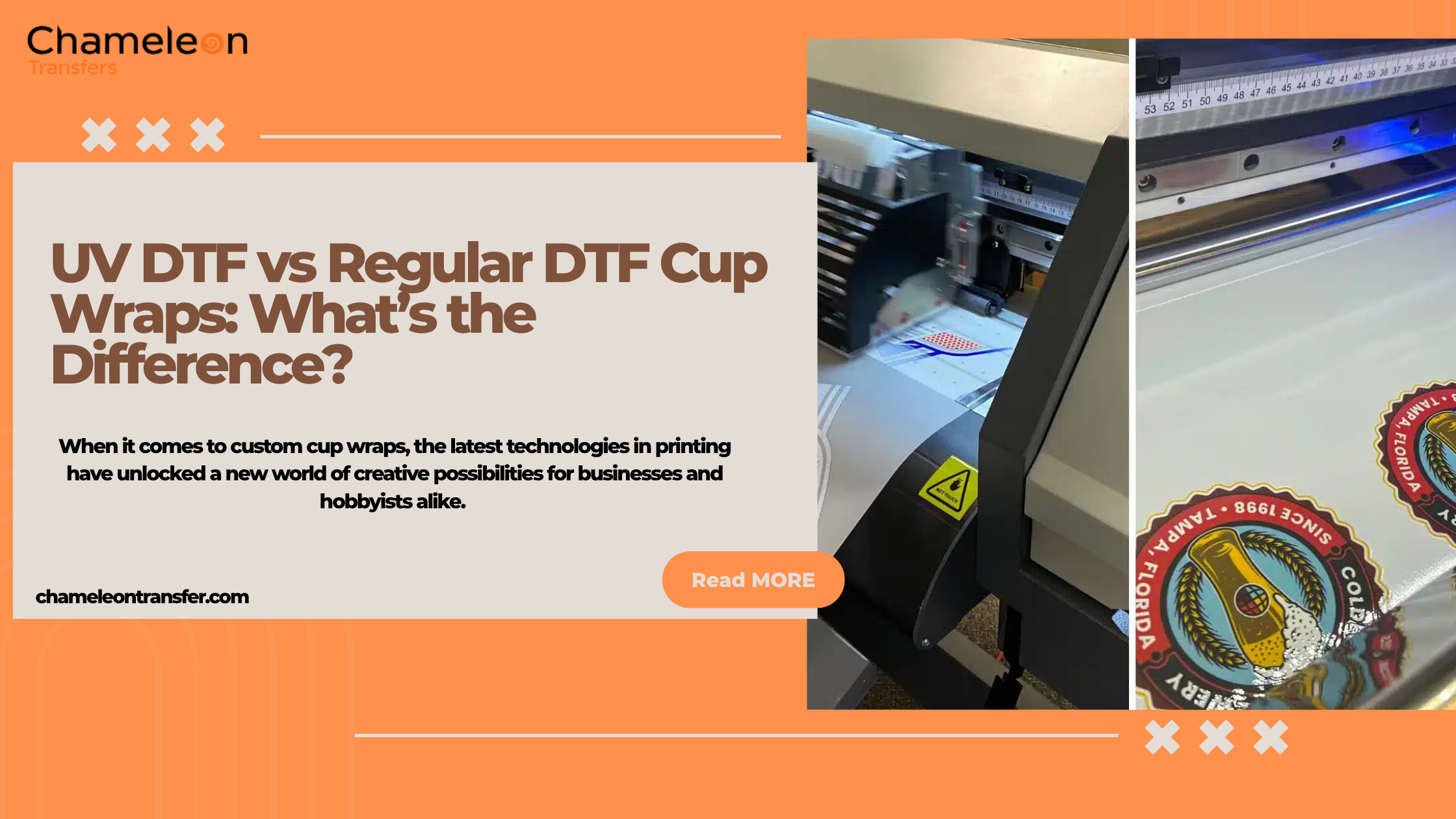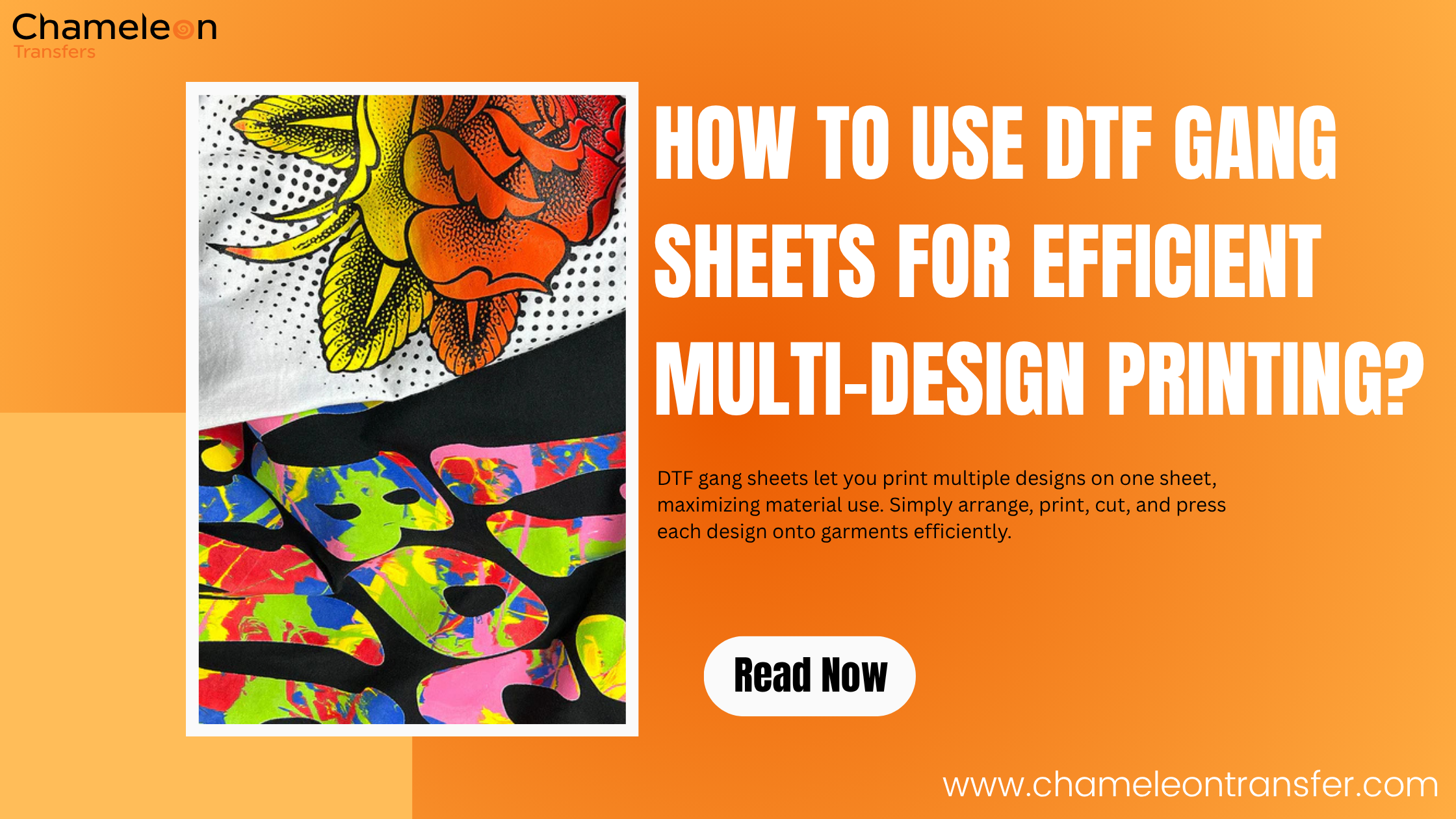Direct-to-Film (DTF) printing is one of the most versatile and durable methods for creating custom apparel. But no matter how great your design looks on film, the final quality depends heavily on the curing stage.
Proper curing locks in the adhesive powder, ensures strong bonding, and improves wash durability. Many beginners struggle with questions like: how to cure DTF prints, what the right temperature is, or whether a curing oven is necessary.
In this guide, we’ll walk through the curing process step by step, including recommended temps, timing, and pro tips for long-lasting transfers.
Why Proper Curing Matters?
Curing is more than just “melting powder.” Done correctly, it:
-
Ensures strong adhesion between film, adhesive, and fabric.
-
Prevents prints from peeling or cracking after washes.
-
Eliminates issues like a gummy feel or incomplete bonding.
-
Extends the lifespan of your transfers.
Without proper curing, even the best artwork and film can result in disappointing prints.
The Basics of the DTF Curing Process
When a design is printed onto PET film using a direct-to-print machine, adhesive powder is applied to the wet ink. That powder must then be melted and cured before the transfer can be pressed onto a garment.
Curing can be done with different tools:
-
A DTF curing oven (most reliable)
-
A heat press machine
-
A curing dryer
Curing with a DTF Oven
A curing oven for DTF is designed specifically to deliver even heat and airflow, which helps cure the powder consistently across the film.
-
DTF curing temperature: 300–325°F (150–160°C)
-
DTF curing time: 2–3 minutes
-
Benefits: Prevents hot spots, reduces the risk of overcuring, and handles multiple sheets at once.
An oven is the best choice if you want consistent results and are producing transfers in larger batches.
How to Cure DTF Powder with a Heat Press?

Not everyone has a curing oven, especially when starting. You can also cure with a heat press:
-
Place the printed film on the lower platen.
-
Hover the top platen about 2–3 mm above the film (do not press down).
-
Set time and temp for DTF curing: 300–320°F for 90–120 seconds.
-
Use parchment or Teflon to avoid ink contamination.
This method is slower and requires more attention, but it works well for beginners who already own a heat press for t-shirt printing.
Other Curing Methods
-
Curing Dryer – Similar to screen-printing dryers; works well if adjusted properly.
-
Heat Gun – Only recommended for spot fixes, not full sheets. Inconsistent heat can lead to under-cured or over-cured areas.
Read more blog: DTF Transfer Sheets: What They Are & How to Use Them for Perfect Prints?
How to Heat Press DTF Transfers?
Once the powder is cured, the transfer is ready to press. Here’s a standard workflow:
-
Pre-press your garment for 3–5 seconds to remove moisture.
-
Place the cured transfer film on the shirt.
-
Apply DTF transfers heat press settings:
-
300–320°F (150–160°C)
-
15–20 seconds
-
Medium pressure
-
Allow it to cool if using cold peel film, or peel hot if using hot peel film.
Correct heat press settings for DTF make the difference between a print that lasts 10 washes and one that lasts 100.
Common DTF Curing Mistakes
Even experienced printers run into curing issues. Here are some common mistakes and how to fix them:
-
Print feels gummy – Usually under-cured, increase curing time slightly.
-
Print cracks or flakes – Likely over-cured, lower the temp or reduce curing time.
-
DTF not sticking after press – Adhesive powder may not have melted fully; double-check the curing stage.
-
Uneven finish – Heat not distributed evenly. A curing oven solves this better than a heat press.
Pro Tips for Better Curing
-
Always preheat your curing device for consistent temps.
-
Use a thermometer gun to check actual surface heat (machines can be off by 10–20°F).
-
Don’t stack uncured films—powder can smudge.
-
Keep a log of your preferred time and temp for DTF transfers on t-shirts.
-
Experiment with hot peel vs cold peel films to find what works for your workflow.
How Long Does It Take to Cure a DTF Print?

The answer depends on your method:
-
DTF curing oven: 2–3 minutes
-
Heat press hover method: 90–120 seconds
-
Curing dryer: Around 2 minutes
-
Heat gun: Not recommended for full curing
The key is balance—too little time leaves adhesive powder uncured, too much time can burn or overharden the film.
DTF Print Durability: Why Curing is Key
A well-cured transfer can last 50–100 washes when applied correctly. Poorly cured prints, however, may peel after just a few cycles. That’s why consistent DTF curing temperature and time are non-negotiable.
Remember: curing doesn’t just prepare the transfer; it directly affects how professional your finished product looks and feels.
Final Thoughts
Learning how to cure DTF prints correctly is one of the most important steps in the printing workflow. Getting the right time and temp for DTF not only ensures your transfers look vibrant but also that they last through many washes.
Whether you start with a heat press or invest in a DTF curing oven, the goal is consistent curing—no under-melting, no over-baking. With practice, you’ll find the perfect balance for your setup.
For high-quality DTF films, powders, and transfer supplies, check out Chameleon Transfers. Their professional-grade products make curing easier and ensure your prints stay sharp, durable, and ready to press.
FAQs
Q1. What can I use to cure DTF transfers?
You can use a curing oven, heat press (hover method), curing dryer, or, in limited cases, a heat gun. Ovens give the most reliable results.
Q2. Do I need a curing oven for DTF?
Not necessarily, but it helps. Beginners can start with a heat press, while high-volume users will benefit from the consistency of a curing oven.
Q3. How long does it take to cure a DTF print?
Typically, 2–3 minutes in a curing oven or 90–120 seconds with a hot press at 300–320°F. Timing may vary by film and powder.
Q4. Does DTF need to be cured?
Yes. Without curing, the adhesive powder won’t melt, meaning the print won’t bond to fabric. Curing is essential for durability and wash resistance.
Read more blog:








